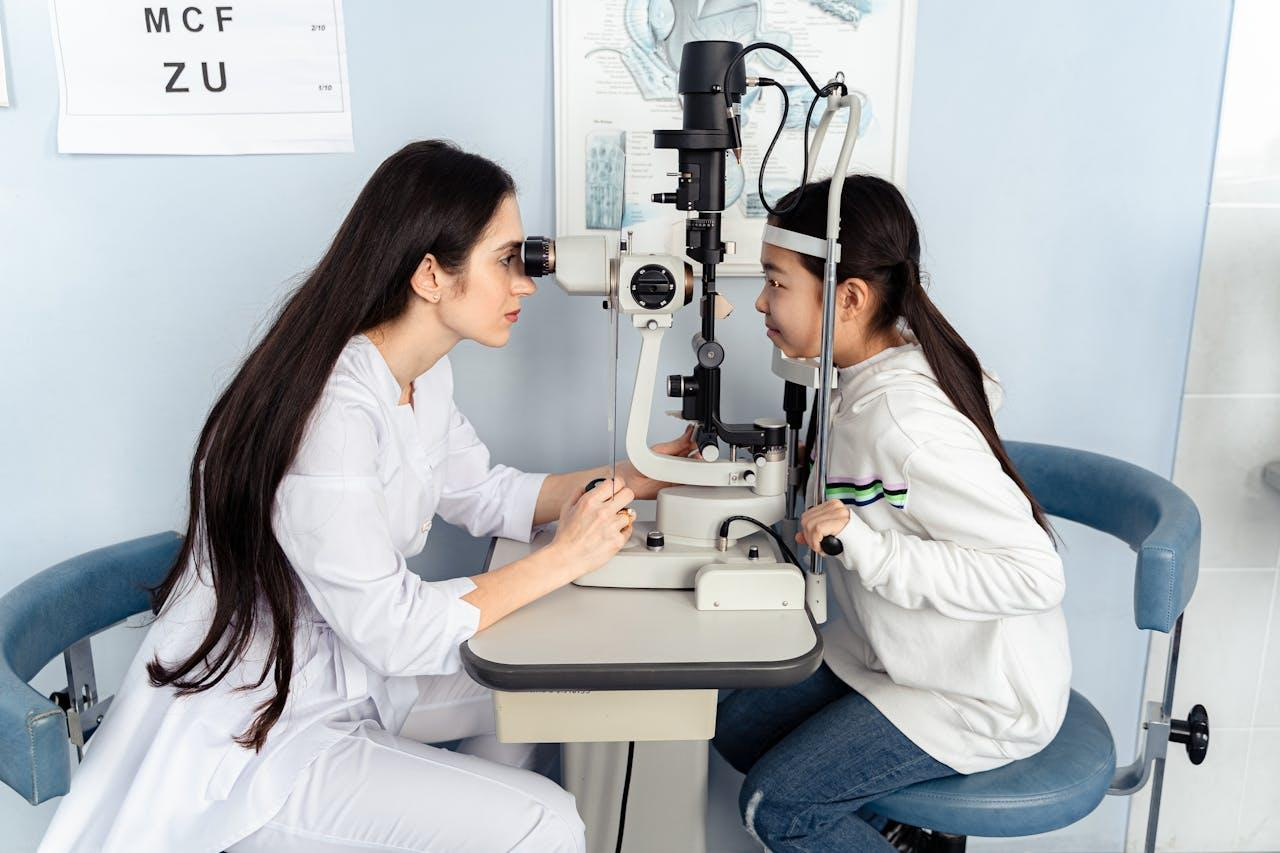
The idea of taking a child to the eye doctor can feel like a toss-up. Some kids love new experiences. Others freeze the minute they walk into a waiting room. But vision checks don’t have to be a battle. With the right preparation, the process can feel more like a conversation than a confrontation.
Most parents aren’t sure about what will happen in a pediatric vision exam on their first time. Some assume it’s just about reading letters off a chart. In reality, those visits are more thorough. They include tests for tracking, depth perception, eye alignment, and sometimes even early signs of visual processing delays.
Children don’t always communicate clearly when something feels off. That’s one reason many eye doctors in Marietta GA recommend getting kids checked even if there’s no obvious problem.
Parents assume that everything's fine if their child isn’t complaining. However, kids often adapt to blurry vision or headaches without realizing there’s a better quality of sight. Their brains compensate in ways adults don’t always recognize. When a child tilts their head to look at a screen or avoids reading out loud, it might seem like a preference. Sometimes, it’s not.
What looks like distraction or clumsiness can trace back to untreated vision issues. That’s why early exams are more about establishing a baseline than solving a crisis.
Set expectations. Kids do better when they know what’s coming. They don’t need a full anatomy lesson, but they do need to understand that this visit is to help their eyes work better, not to catch them doing something wrong.
Here are a few tips that help:
The less pressure a child feels to “pass,” the better they’ll do during the visit. The goal is cooperation, not performance.
The appointment usually begins with a quick conversation about health history and behavior at home or in school. Then the real fun begins.
The optometrist may use charts with letters, shapes, or pictures. There might be colored lenses or lights. None of it should hurt. If dilating drops are needed, those are typically explained ahead of time and used only when necessary.
The biggest challenge is often keeping a child engaged long enough to get accurate results. Pediatric eye doctors are trained for that. Many have little tricks to keep kids focused without making them feel pressured.
Parents Should Be Watching, Too
While the child is being examined, it’s helpful for parents to note reactions. Does the child squint at certain lights? Do they get antsy during close-up tasks? Do they lose interest quickly?
After the exam, it’s okay to ask about trends the optometrist has seen with other children of a similar age. Every child is different, but knowing what to watch for can help parents support better visual habits at home.
If glasses are recommended, make sure the child has a say in picking the frames. Kids who choose their own glasses are more likely to wear them consistently.
If everything checks out, that’s a win. Either way, the next step is keeping vision part of the health routine, not a once-in-a-while issue.
Routine eye exams catch more than nearsightedness. They can reveal allergies, eye strain, screen-related fatigue, and even early neurological patterns. That’s why most pediatricians now suggest a comprehensive eye exam before kindergarten.
No one expects a child to know what 20/20 feels like. However, once they experience clearer vision, the results are easy to spot. They'll have better focus, fewer meltdowns, and more confidence in school and play. That starts with one low-pressure visit handled the right way.